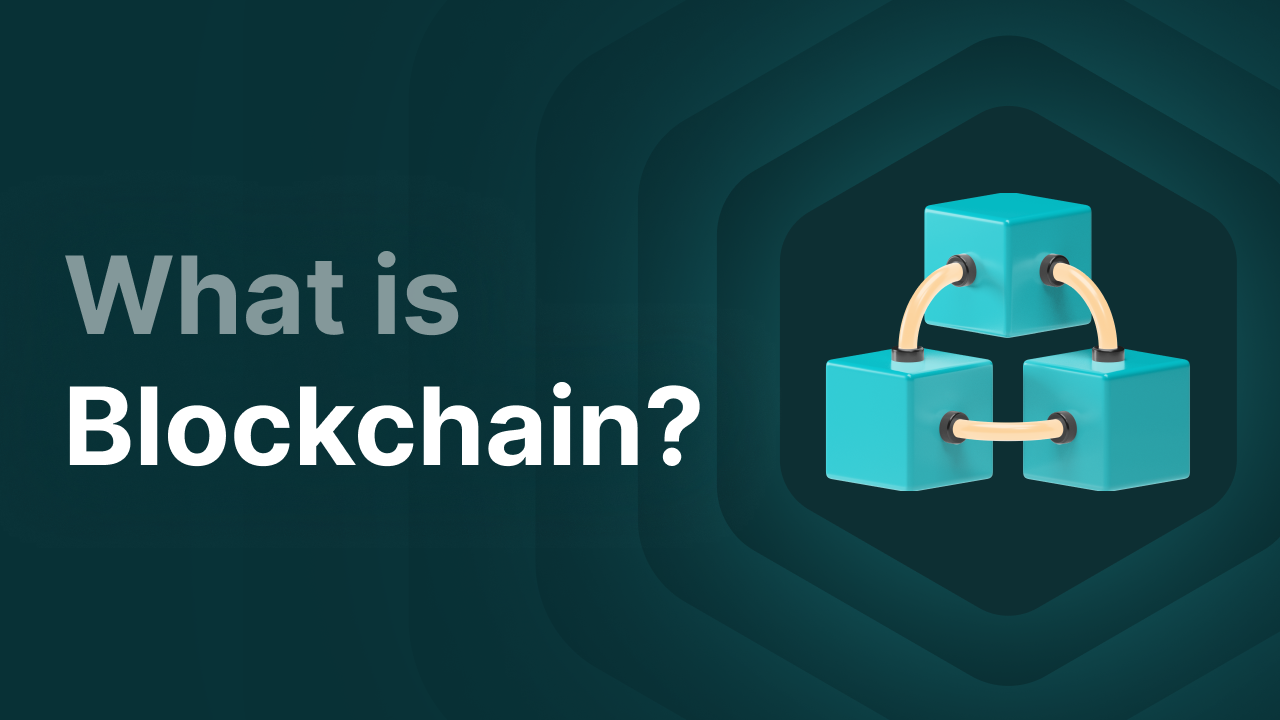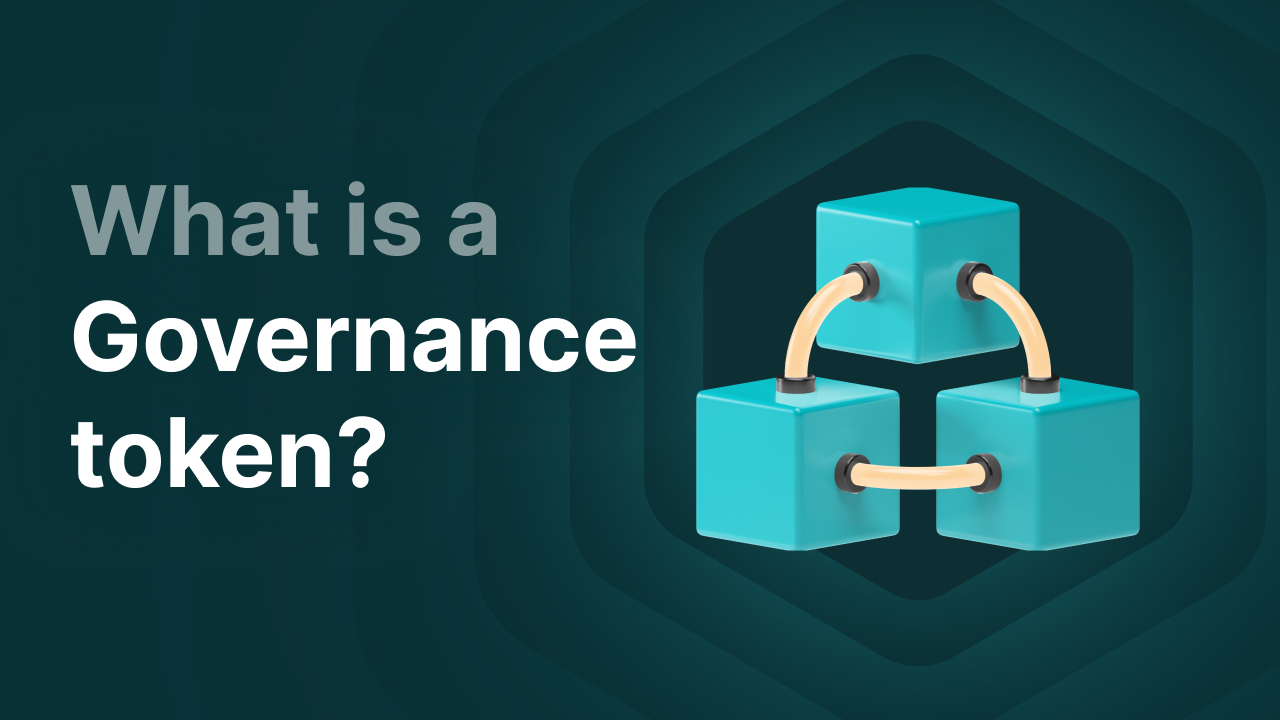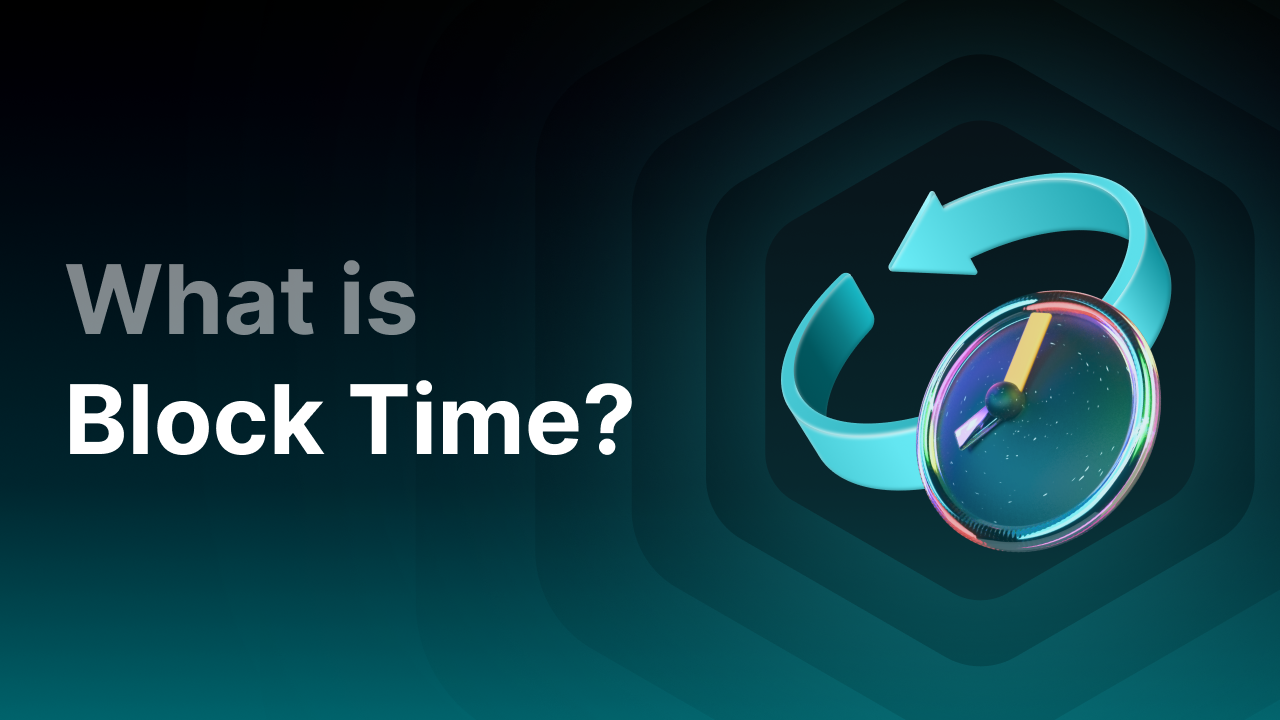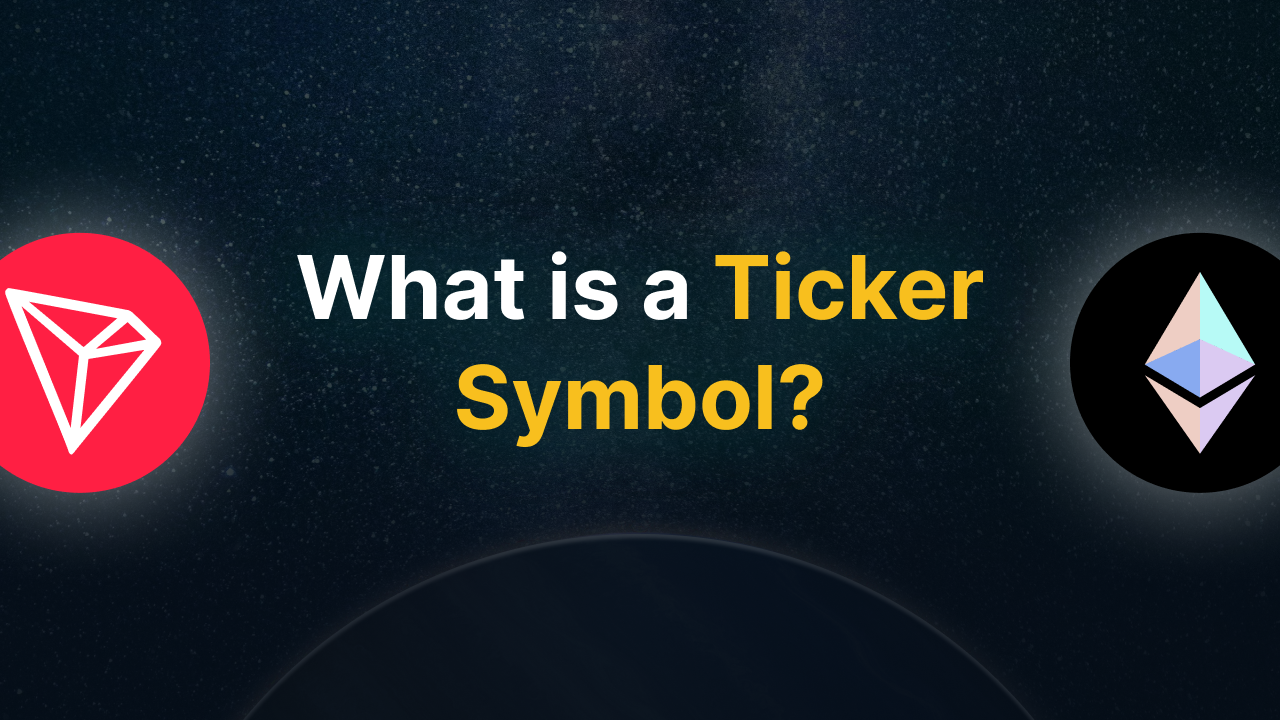What Is a Blockchain and How Does It Work?

What is a Blockchain?
Blockchain is a technology consisting of a digital database (also known as a public ledger) in which transactions are recorded. This database is in most cases public (open-source) and maintained by a network of computers around the world. A blockchain network is therefore usually decentralized in nature.
A blockchain consists of blocks in which transactions are stored. Each block is chronologically linked to the previous block, forming a chain: the blockchain. A new block contains the most recent transactions and a reference to the previous block. Once consensus has been reached on the validity of the transactions, the block is added to the chain and thus to the network.
Everything that happens on the blockchain is immutable. This means that all information processed within a block cannot be altered or deleted.
Example: You can compare the blockchain to the chain of an anchor. Each block contains information about transactions. If you follow the chain downward, you can view all the links (blocks) containing the transaction history. This means you can always see how many and which transactions have been carried out, from the first to the most recent. Thanks to this structure, attempts to manipulate information can be detected and rejected by the network. This makes blockchain technology reliable and enables secure execution of transactions.
Key Takeaways
- Blockchain is a decentralized and immutable digital ledger in which transactions are recorded in cryptographically linked blocks.
- Cryptocurrencies run on blockchains and use the underlying technology for transaction processing and security.
- Transactions are verified through consensus mechanisms such as Proof of Work (PoW) or Proof of Stake (PoS).
- Blockchain offers security through cryptography, decentralization, transparency, and immutability, making data manipulation nearly impossible.
- The technology has both advantages and disadvantages: it is secure, transparent, and accessible, but can also be energy-intensive and face scalability issues.
Are cryptocurrencies blockchains?
Cryptocurrencies are not blockchains. Cryptocurrencies such as BTC and Ether are digital currencies (coins) that operate on a blockchain, such as the Bitcoin and Ethereum network. They are issued and managed within a blockchain network. The blockchain serves as the underlying system on which transactions are processed and recorded.
Cryptocurrencies make use of the security, transparency, and reliability of the blockchain. When you carry out a transaction with a cryptocurrency, this transaction is verified by the network and then stored on the distributed ledger of the blockchain.
How does a blockchain work?
A blockchain functions as a distributed ledger that is shared across a network of computers (nodes). Every transaction or piece of information is recorded on the blockchain. This is done in a secure, transparent, and immutable way. Here's how the process works step by step:
1. A transaction is created
It starts with the creation of a new transaction. Suppose you want to send Bitcoin to someone else. You initiate the transaction by sending Bitcoin from your own crypto wallet to the recipient’s wallet address. The transaction contains the following information:
- The sender's wallet address (public key of the sender)
- The recipient's wallet address (public key of the recipient)
- The amount you want to send
- Any additional data (e.g., a memo)
When creating a transaction, a service fee must also be paid. This is a fee that nodes receive for validating and processing the transactions.
2. The transaction is sent to the network
After the transaction is created, it is sent to the entire peer-to-peer network of nodes. Each node receives the same information.
3. Verification of the transaction
The next step is the verification process. During this process, the transaction is checked for legitimacy by the network of computers (nodes). The validation process varies per blockchain and depends on the consensus mechanism used. The most well-known consensus algorithms are:
- Proof of Work (PoW): In Proof of Work, computing power is used to solve cryptographic puzzles. The best-known example is the Bitcoin blockchain.
- Proof of Stake (PoS): In Proof of Stake, coins are staked by validators who use them to validate transactions. This is a more energy-efficient process than PoW. Examples of blockchains that use PoS are Ethereum and Cardano.
4. Transactions are grouped into a block
Once transactions are verified, they are grouped into a block. This block is then added to the blockchain by a node (miner in PoW, validator in PoS).
5. The block is added to the blockchain
The new block is added to the blockchain by the node (miner or validator). The block contains a reference to the previous block (its 'hash'), so the blocks remain connected in a chain. Once the block is added, it is immutable, meaning past data cannot be changed.
6. Confirmation of the block
After the block is added, the updated blockchain is immediately shared with all nodes in the network. This way, everyone has the same version of the ledger. Once the block containing the transaction is confirmed by the network, the payment is considered final.
Example: Suppose you want to send a letter to a friend. You write the letter and put it in an envelope. On the envelope, you write your own address (your wallet address) as the sender, and the address of your friend (your friend's wallet address) as the recipient. Then you bring the letter to the post office (the network of nodes). There, they check whether everything is correct and whether there’s no corrupted content in your letter (the legitimacy of the transaction).
Once the letter is approved, it is placed in a mailbag along with other verified letters (a block containing multiple transactions). This mailbag is assigned a unique number (e.g., block number #840,000). This ensures that everyone can later check when the mailbag was sent and which letters it contained.
Once the letter has been delivered, that delivery is permanently recorded in the system: no one can change the contents or deny that the letter was sent.
What is the biggest advantage of blockchains?
The biggest advantage of blockchain technology is that it removes the need for an intermediary, such as centralized parties (like banks). Blockchains allow users to perform transactions or share other data directly without a central authority.
What makes a blockchain secure?
Blockchain technology is considered highly secure. But why is this the case? This is due to a combination of factors including cryptography, decentralization, transparency, and immutability:
1. Cryptography
Data and transactions stored on the blockchain are encrypted using cryptographic algorithms. Thanks to cryptography, information is protected by using secret codes that can only be read by people with the correct keys. The information is immutable, and every transaction must be digitally signed before being included in a block. Each block also contains a unique cryptographic hash that summarizes and secures the contents of the block.
Because of the hash, any attempt to modify the data is immediately visible, as even the smallest change in the data results in a completely different hash. This ensures that the blockchain remains secure and reliable.
2. Chain structure
If a hacker does manage to make changes to a block, it would mean that all subsequent blocks would be declared invalid. A hacker would theoretically also have to change all the following blocks. In practice, this is considered almost impossible, especially on large networks, since many nodes are active that work together to secure the blockchain.
3. Decentralization
Thanks to the use of thousands to millions of different nodes worldwide, a blockchain is decentralized, which means there is no central entity controlling the network. Data is stored in a decentralized environment, meaning it is not held by a central authority. Instead, a blockchain has multiple nodes (computers) that all contain an exact copy of the database. These nodes are called 'nodes.'
Unlike centralized databases, oversight lies with the users of the blockchain. Users (nodes) are responsible for storing new transactions in the database. To ensure security, multiple nodes must agree on the validity of a transaction before it is executed.
4. Consensus mechanisms
Adding new blocks to the blockchain is done using consensus mechanisms. Each blockchain uses its own consensus mechanism with associated algorithms. Depending on the blockchain, different rules apply, but for most blockchains, at least 50% of the nodes must accept a block before it is added. In this way, corrupt blocks containing fraudulent information are rejected. This means that malicious actors must control at least 51% of the nodes on most blockchains to cause harm, known as a 51% attack.
5. Transparency
Most public blockchains are open-source, which means that both the source code and transaction data are transparent and visible to everyone. All completed transactions can be traced and cannot be manipulated. On so-called block explorers, users can view all block information of a specific blockchain.
6. Immutability
Once data is recorded on the blockchain, it is virtually impossible to modify or delete the data. This is called immutability and is one of the most important security features of blockchain technology.
If you still want to make changes to a block, you must reach consensus within the network. This can happen, for example, during a 'hard fork' (a split of the blockchain), as was the case in the past after the DAO hack on the Ethereum network. At that time, a new version of the blockchain was created, in which the corrupt block was overwritten and the new chain continued. This is Ethereum as we know it today. The 'old' blockchain continued as Ethereum Classic.
Types of blockchains
There are different types of blockchains that developers can use, namely public blockchains, semi-private blockchains, private blockchains, and consortium blockchains:
-
Public blockchains
This is the blockchain as we know it. All public blockchains use this type, such as Bitcoin and Ethereum. Anyone can view data on this blockchain and participate in the network without approval from anyone else, and without compromising their anonymity. Public blockchains are fully open and decentralized, meaning there is no central authority managing the network. -
Semi-private blockchains
In a semi-private blockchain, control lies with one company or organization. This means the system is more centralized than a public blockchain. The company or organization has the power to add or reject users from the network. This blockchain is therefore not fully decentralized but offers controlled access for specific participants. Semi-private blockchains can be attractive for business and government applications where some degree of control is desired. -
Private blockchains
Private blockchains are fully centralized. Only one party can read data, execute transactions, and participate in the network. This makes private blockchains less suitable for applications requiring transparency and decentralization but useful for companies needing a closed and controlled environment for their transactions. -
Consortium blockchains
The consortium model is currently the most popular blockchain solution among businesses. In this type of network, the consensus process is managed by a predetermined group of participants, such as a collaboration of companies or institutions. Depending on the setup, the network can be configured so that only these parties may submit transactions and view the data. This makes consortium blockchains particularly suitable for business and institutional applications where collaboration, control, and privacy are essential.
Energy consumption of blockchain technology
The energy consumption of blockchain technology is a widely discussed topic. Cryptocurrencies, especially Bitcoin, are often associated with high energy consumption and considered environmentally harmful. This is because Bitcoin and some other blockchains, such as Dogecoin, use Proof-of-Work. This consensus mechanism uses thousands of computers worldwide to solve complex cryptographic puzzles. This requires a lot of computing power and therefore a lot of energy. This process is called mining. By comparison, Bitcoin's electricity consumption is said to be comparable to that of Poland according to various sources.
Due to these concerns, other blockchains have been developed, and Proof-of-Stake has been introduced. Here, computers do not need to solve complicated puzzles. Instead, transactions are validated by people who temporarily ‘stake’ their crypto as collateral. This requires hardly any extra computing power and thus much less electricity. The best-known examples of blockchains using Proof-of-Stake are Ethereum and Cardano.
Scalability of blockchains
Scalability refers to how quickly blockchains can securely and efficiently process a large number of transactions. The busier the network, the more it comes under pressure. This has led to criticism of popular blockchains like Bitcoin and Ethereum during busy periods. Both blockchains work by having every transaction validated across the entire network. This limits the number of transactions per second they can process. During busy times, this leads to delays and high transaction costs.
Since Bitcoin was developed as a replacement for the traditional monetary system, scalability issues are a challenge. The Bitcoin network processes about 7 transactions per second, while systems like Visa can handle thousands of transactions per second.
To address this problem, several solutions have been developed, such as solutions that make Bitcoin and Ethereum more scalable, as well as new blockchains that are inherently more scalable:
- Layer 2 solutions (such as the Bitcoin Lightning Network): Layer 2 solutions allow networks to perform transactions off the mainnet (main chain) and have them validated in batches.
- Sharding: Sharding is a technique where a blockchain network is split into parallel working chains. This allows transactions to be executed simultaneously and alongside each other, greatly increasing efficiency and speed.
- New consensus mechanisms: Such as Solana's Proof of History and innovative Proof-of-Stake algorithms like Avalanche.
Advantages and disadvantages of blockchain technology
Blockchains have both advantages and disadvantages. The main points are summarized in the table below:
Who invented blockchain?
Many people think blockchain technology originated during the development of Bitcoin by Satoshi Nakamoto. Although Nakamoto played a crucial role in the application of blockchain, the origin of the technology goes further back.
The foundation for blockchain was laid in 1983 by American computer scientist David Chaum, who researched 'blind signatures,' a technique for signing data without revealing the content. This technique formed the basis for privacy-oriented digital transactions.
In 1991, mathematicians Stuart Haber and W. Scott Stornetta developed a method to timestamp digital documents reliably. They wanted to prevent documents from being altered unnoticed afterward. A year later, they added a data structure in which documents were stored in a chain: an early version of what we now know as blockchain.
Blockchain only gained wider recognition in 2008 when Satoshi Nakamoto published the whitepaper for Bitcoin. This was the first successful application of blockchain technology as a public and decentralized ledger to send digital currency without the involvement of banks. This application was revolutionary because it combined technology with economic incentives and cryptography into a working system.
Although Satoshi Nakamoto is not the inventor of blockchain as a concept, he is considered the founder of modern blockchain technology as it is applied in cryptocurrencies today.
Key Takeaways
Blockchain technology is an innovative way to record data securely, transparently, and immutably without the intervention of central parties. The technology uses cryptography, decentralization, and consensus mechanisms to ensure trust within networks. Although blockchains face challenges such as energy consumption and scalability, they offer promising applications for both financial and non-financial sectors. Thanks to ongoing development of new and more efficient validation methods, the technology continues to evolve rapidly.




